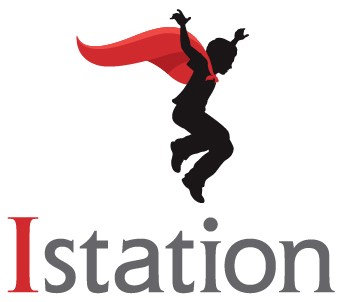 Q&A with Victoria Locke, Research Director, Istation
Q&A with Victoria Locke, Research Director, Istation
What are some key findings in recent dyslexia research?
Research shows that dyslexia is neurobiological. The parts of the brain that process word analysis and integrate sound and print are underactivated, and the part that processes articulation works harder to compensate. Students at risk for dyslexia have difficulty learning the alphabet and associating sounds with letters. They have problems with phonemic awareness and encoding. And they have strengths in vocabulary and listening comprehension.
An intensive multisensory approach that is popular now focuses on the structure of language. It uses visual, auditory and kinesthetic elements as well as a lot of repetition. Research shows that if this is started early, students can compensate for their dyslexia and mitigate its impact.
How can computer assessments improve screening for dyslexia and other learning disabilities?
Computer-adaptive testing meets students where they are. If a student gets a question right, the next one is a little harder; if they miss it, the next one is a little easier. A good computer-adaptive test will assess for risk factors, such as whether a student knows the alphabet or has phonemic awareness.
How can educators make the most of current screening tools?
It’s important for teachers to look at the whole profile of a student. Look for patterns of strengths and weaknesses to differentiate students who are at risk for dyslexia versus students who may be poor readers but don’t have dyslexia.
“It’s important to differentiate students who are at risk for dyslexia versus students who may be poor readers but don’t have dyslexia.”
A classic profile for kindergartners at risk is that they have very strong vocabulary and listening comprehension skills, but they are struggling with letter knowledge and phonemic awareness. Their overall scores may average out, so if teachers don’t drill down into the subtests, they could miss risk factors.
How does Istation bolster the identification of children at risk for dyslexia and also support them?
Istation Indicators of Progress subtests are grounded in the National Reading Panel’s “Big Five” essential components of reading: phonemic awareness, alphabetic principle, fluency, comprehension and vocabulary.
 Istation—which has been approved as a screener for dyslexia in Washington, Arkansas and Indiana—provides reports on individual students and the classroom as a whole, so teachers can identify children who may need more help with alphabetic decoding, which is basically our phonics subtest, or phonemic awareness, for example. Istation then provides curriculum as well as grade-appropriate and research-based lessons for teachers to use in small or large groups. This individualized instruction really helps them catch up.
Istation—which has been approved as a screener for dyslexia in Washington, Arkansas and Indiana—provides reports on individual students and the classroom as a whole, so teachers can identify children who may need more help with alphabetic decoding, which is basically our phonics subtest, or phonemic awareness, for example. Istation then provides curriculum as well as grade-appropriate and research-based lessons for teachers to use in small or large groups. This individualized instruction really helps them catch up.
For more information, please visit istation.com







